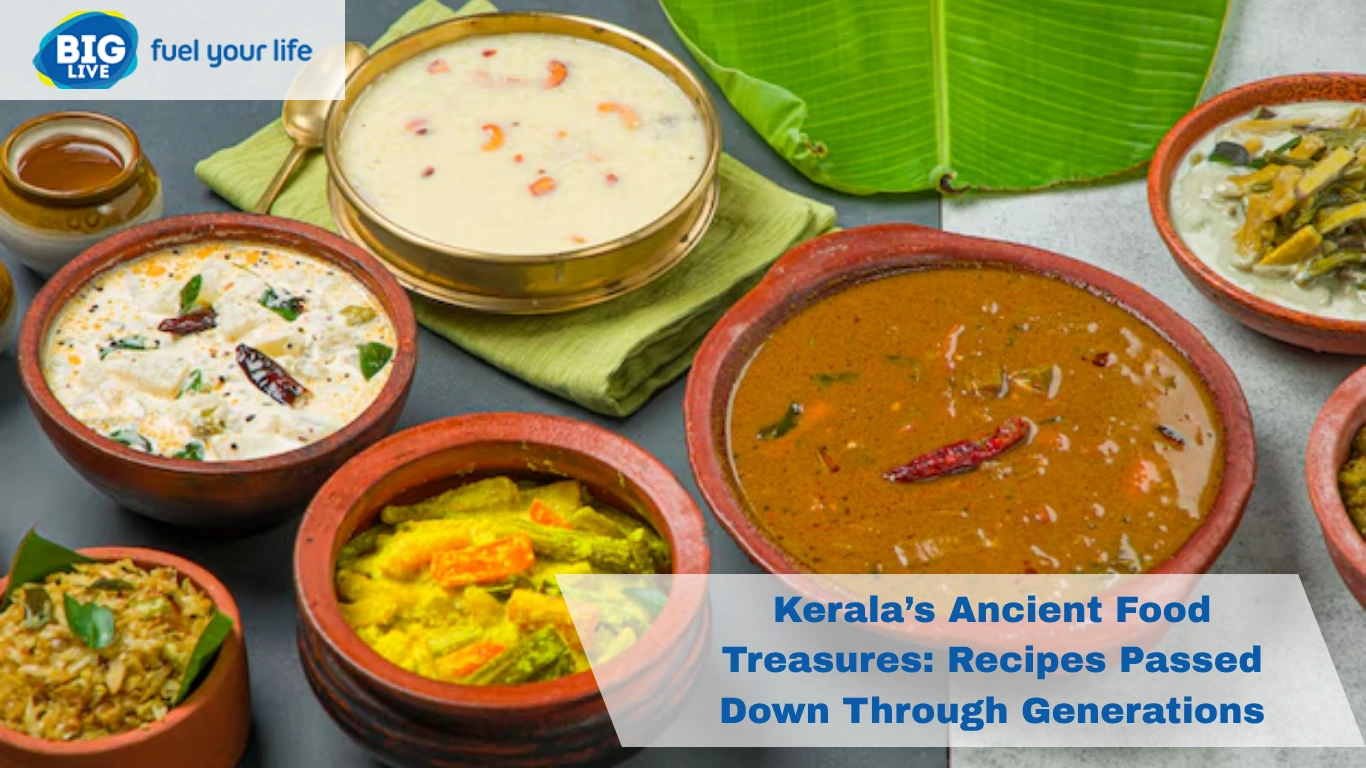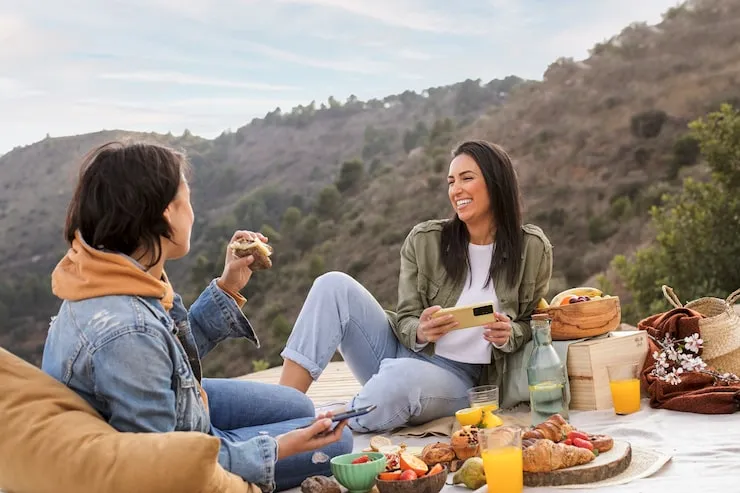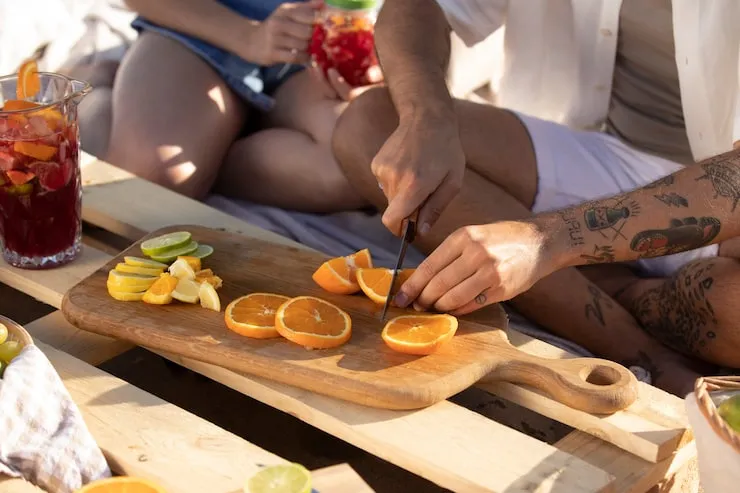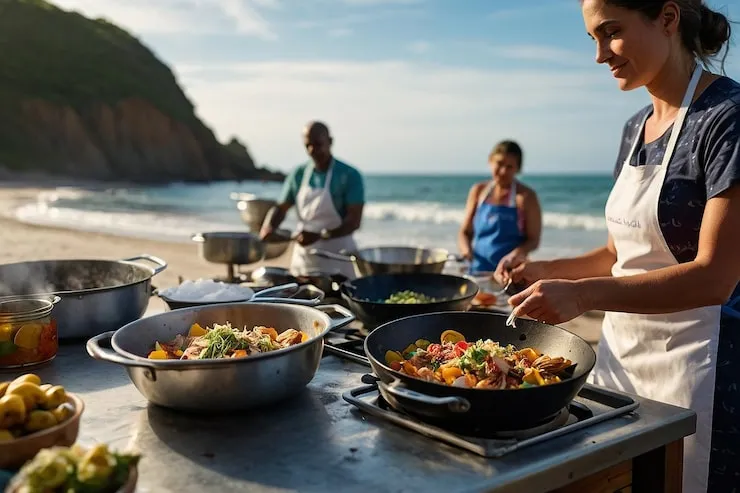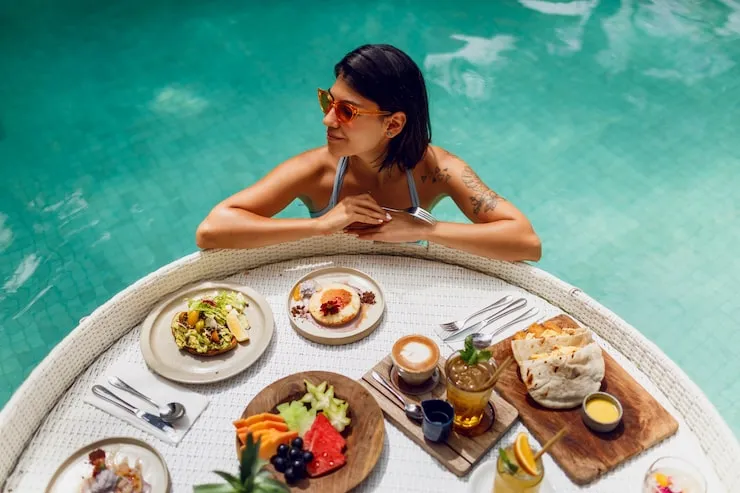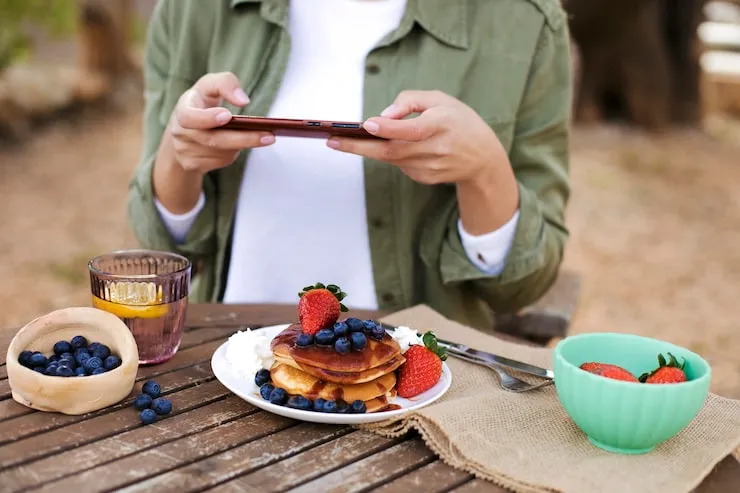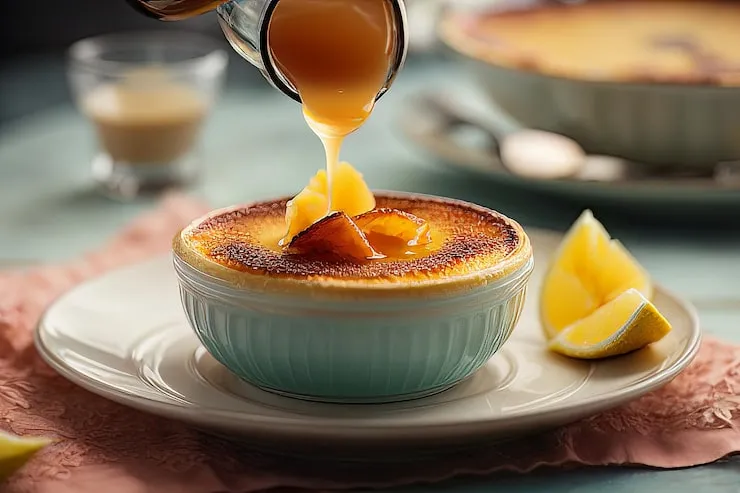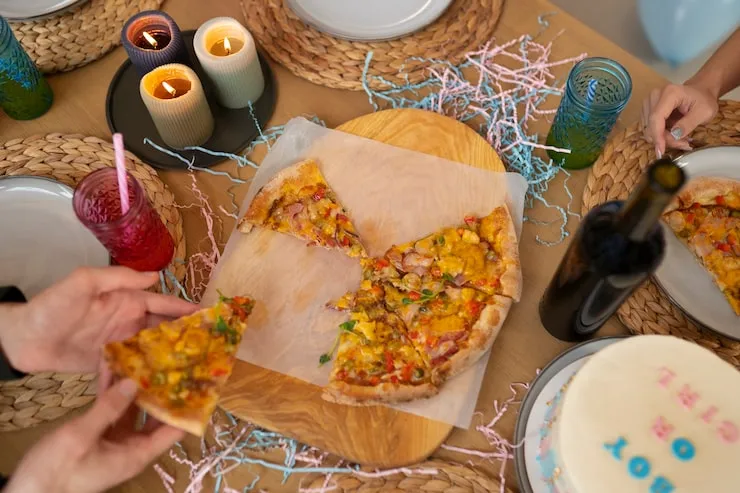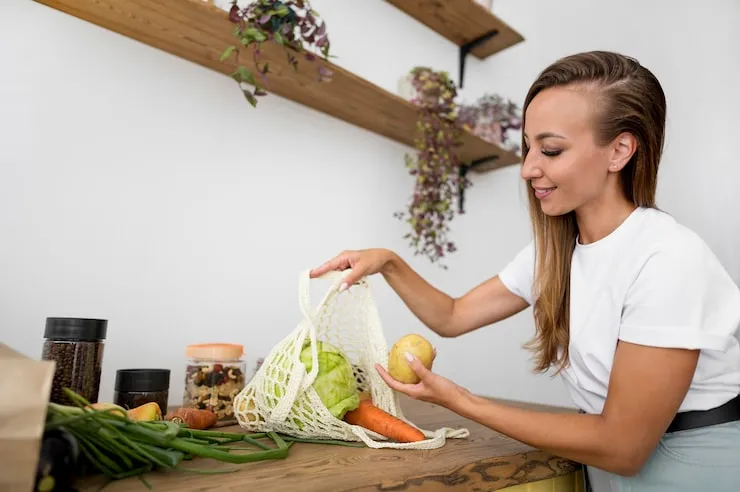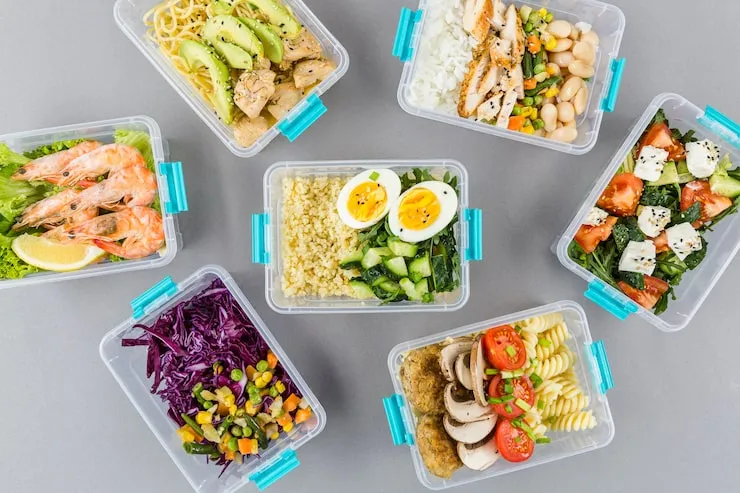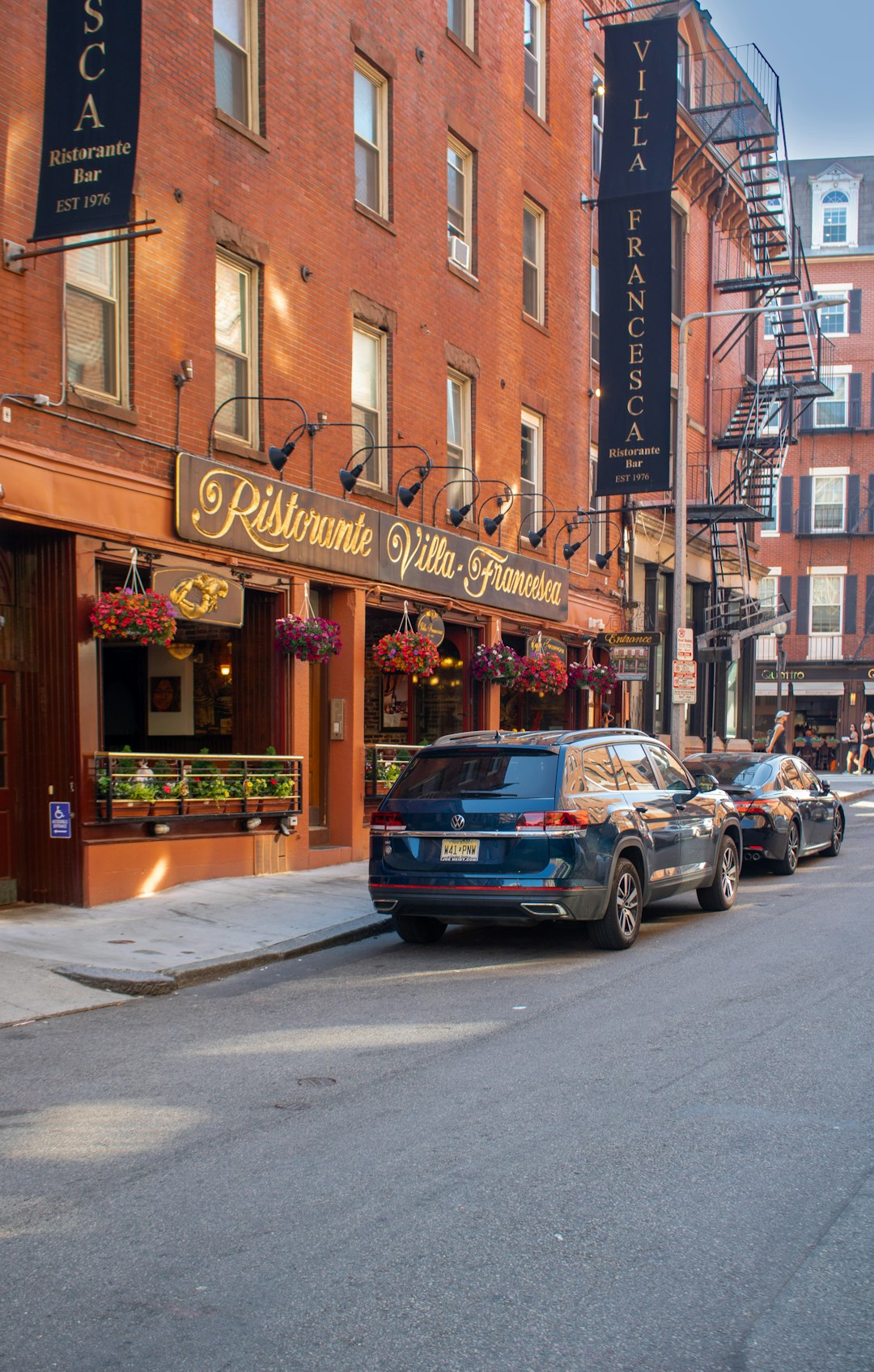If you’ve ever stepped into an old Kerala kitchen—maybe in your grandma’s home—you’d understand something without anyone saying a word. The smell, the crackle of mustard seeds, the slow bubbling of something rich in a clay pot. it tells you, this isn’t new. These recipes, they’ve lived longer than most of us. Passed through hands, not screens.
The Kitchen That Time Forgot
Food in Kerala isn’t just food. It’s memory, medicine, tradition. It’s not measured in teaspoons and degrees—it’s felt. By smell, by instinct. Some of these recipes are older than colonial history, older than your surname. They’ve come from mothers to daughters, fathers to sons, and sometimes, from someone who had no written script, just a hand that knew how long to roast the coconut.
Puttu and Kadala: The Everyday Legacy
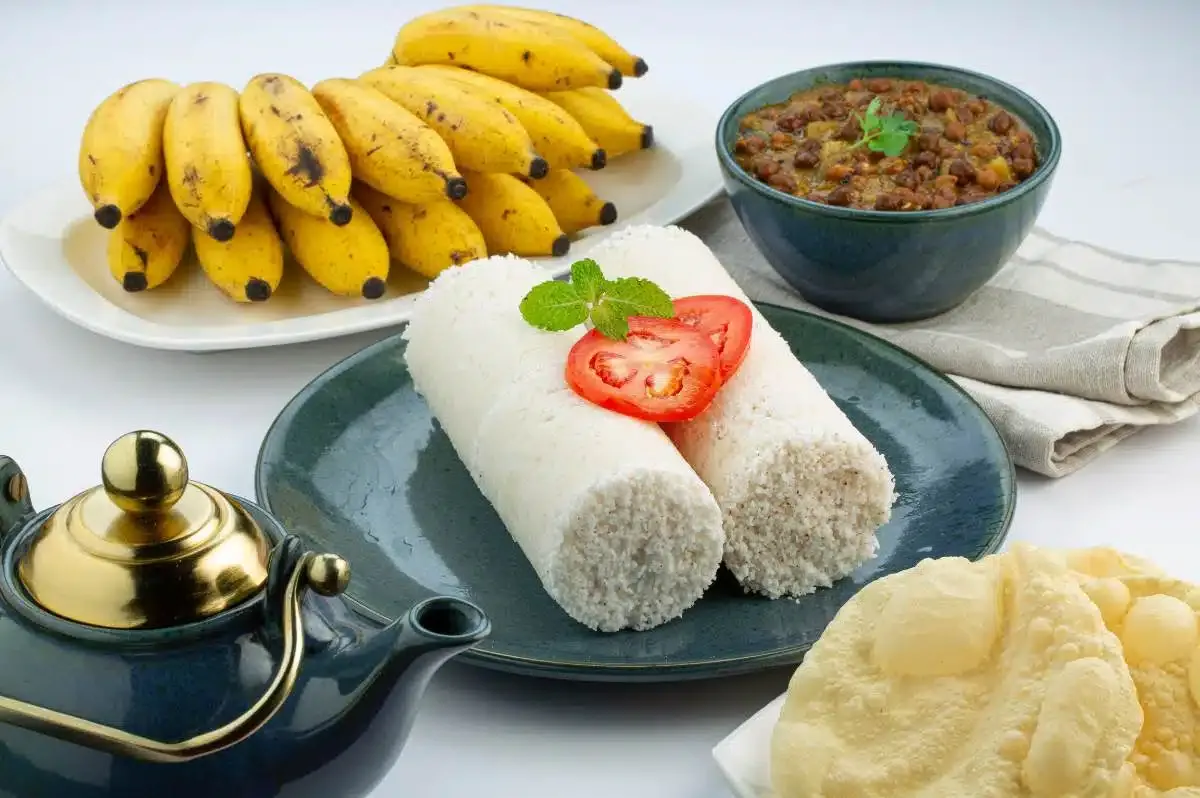
Ask any Malayali what breakfast smells like, and they might say puttu. That soft, cylindrical steamed rice cake, layered with grated coconut. It’s nothing fancy. Just rice flour, salt, water. But when it’s steamed in a puttu kutti and comes out piping hot, that’s soul food.
Now pair that with kadala curry—black chickpeas cooked in roasted coconut, shallots, ginger, and a masala that’s been ground on a stone, not a mixer. It’s thick. Spicy. Slightly sweet if it’s a good day.
This breakfast isn't some ancient royal feast. It’s simple. But it’s old. It’s been around forever. Farmers ate it. Kids still eat it. Some days you dip it in banana, some days you eat it dry. But always—it fills your belly and your heart.
Read Also: Best Foods for Muscle Gain and Fat Loss | Nutrition Guide
Kappa Meen Curry: From Survival to Superhit
There was a time when kappa, or tapioca, wasn’t cool. It was cheap. It was filling. It grew fast. During hard times—like wars or famine—people survived on boiled kappa and a bit of salt.
But what happens when survival food meets Kerala’s iconic meen curry (fish curry)? Magic. Kappa is mild, soft, and starchy. Meen curry, especially the red-hot kind made with kudampuli (a tangy tamarind), is fire. Cooked in clay pots, with curry leaves dancing on top.
It’s a contrast, yes—but that’s the beauty. Opposites on the plate, but soulmates in taste. This dish moved from poor man’s plate to restaurant menus. Still, ask anyone—they’ll say the best version? Grandma's. No contest.
Sadya: A Banana Leaf Full of Heritage
Kerala’s biggest food celebration isn’t just a dish. It’s a Sadya—a grand vegetarian meal served on a banana leaf during festivals, especially Onam.
You’ve got over 20 items sometimes. Banana chips. Pickles. Inji curry (ginger-tamarind). Avial (vegetables in coconut). Sambar, rasam, payasam… it's a rainbow of flavors. There’s a method too—where each item goes, how it’s served, in what order. Even how you fold your banana leaf after eating sends a message: satisfaction or not.
These aren’t random combinations. Some items aid digestion. Some cool your body. Some celebrate harvest. It’s a science mixed with art. And families still make it all from scratch. No shortcuts. Because shortcuts don’t taste like home.
Christian Homes and Their Flavors
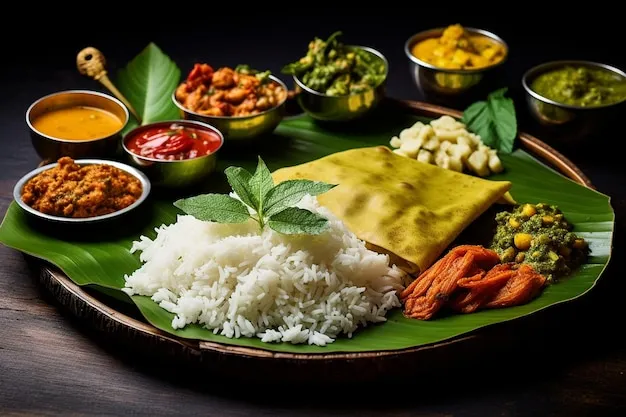
Kerala’s ancient food story doesn’t belong to one religion. The Syrian Christian community has recipes that are centuries old, mixed with local spices and their own styles.
Take Meen Molee—a delicate fish stew made with coconut milk, green chillies, curry leaves, and not much else. Or Beef Ularthiyathu—beef slow-roasted with coconut bits, black pepper, and onions till it sticks to your fingers and soul.
These dishes are sacred in their own way. They’re made during Sunday lunches, family weddings, and church festivals. And the recipes? Mostly in someone’s head. No paper. No YouTube. Just generations of tasting and learning.
Toddy Shop Cooking: The Bold and the Brave
You won’t find recipes from Kerala toddy shops in cookbooks. But oh, they’re legendary. These little shacks that serve palm wine (kallu) also serve dishes that will blow your mind.
From crab roast to duck curry to konju varutharacha (prawns in roasted coconut gravy)—it’s bold, spicy, rustic. No measurements, no timers. The cooks go by eye, by sound, by heart. And it works.
The food here isn’t dainty. It’s meant to be eaten with hands. It drips. It stains. It demands attention. And every bite is full of decades of forgotten culinary knowledge—just waiting to be tasted.
Food as Medicine: Grandma’s Kitchen Wisdom
Before there were pills, there was kanji. A warm, soft rice gruel, often paired with green gram thoran or pickle. Perfect for sick days, tired days, or no-appetite days.
There’s chukku kappi—black coffee spiced with dry ginger, pepper, and tulsi. Clears your throat. Clears your mood. Even things like jeera water (cumin tea) and kurumulaku rasam (pepper soup) were common remedies.
Every home had its own formula. Got a cold? Have tulsi-honey paste. Can’t sleep? Try ghee in warm milk. These aren’t Google tricks. They’re tried, tested, and whispered across generations.
Why It’s Fading (But Not Gone)
Now, yes, the world is changing. Gas replaced firewood. Mixers replaced grinding stones. Ready-made masala replaced roasting. But here’s the good part—some people still care.
In villages and even cities, families still make pickle under the sun, roast coconut chutneys fresh and grind the old way. Some youngsters are digging back into these recipes. Documenting grandma's tricks. Starting food vlogs. Reviving lost dishes.
Restaurants too are going retro. Menu cards say “naadan style” (traditional). And people line up for it. Why? Because old food still wins. Always.
Kerala’s ancient recipes aren’t just food. They’re stories, medicine, culture, emotion—all on a plate. They tell you where you came from. Who cooked before you. How love tastes when stirred with a wooden spoon.
So next time you eat avial, or dip your hand into meen curry, pause. Somewhere, someone long gone made it this same way. For someone they loved. And now it’s yours. Keep it. Pass it. Don’t let it disappear.



